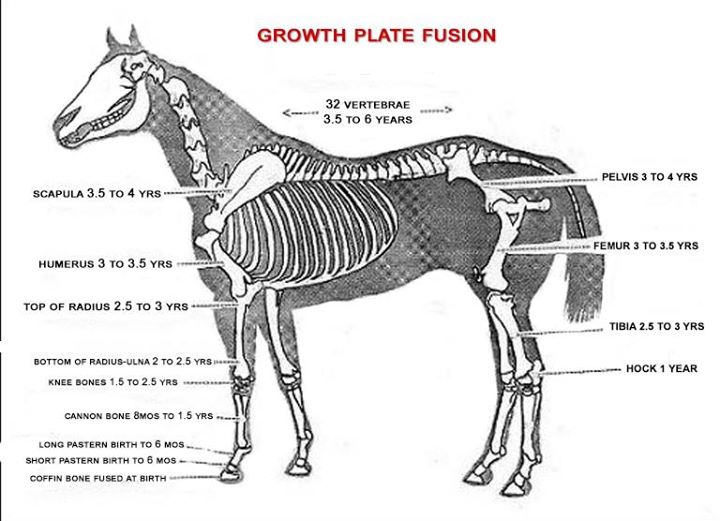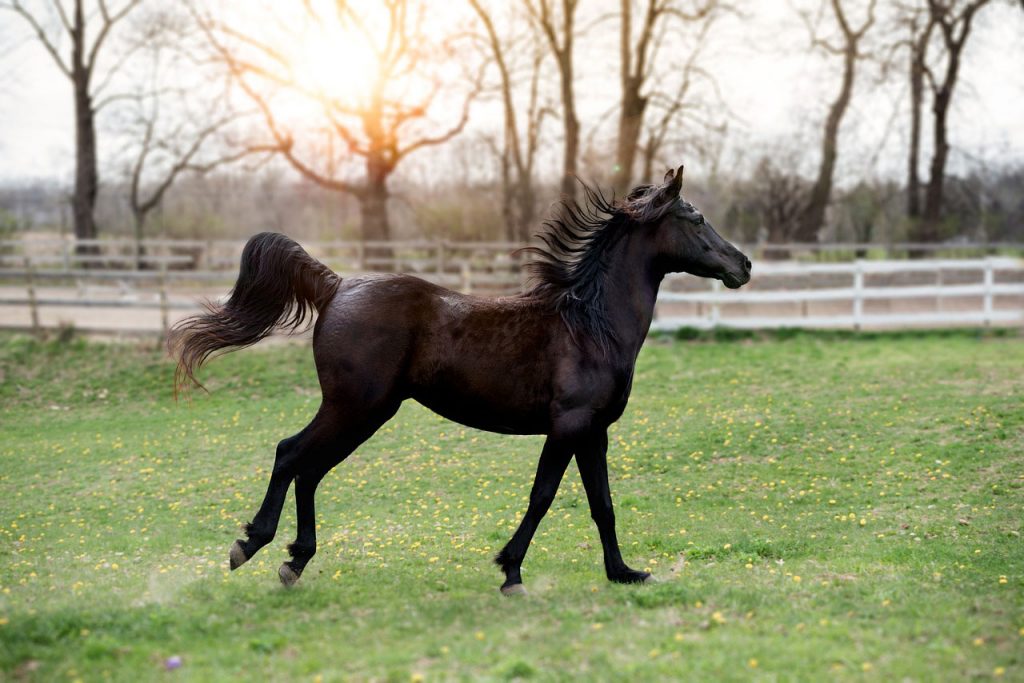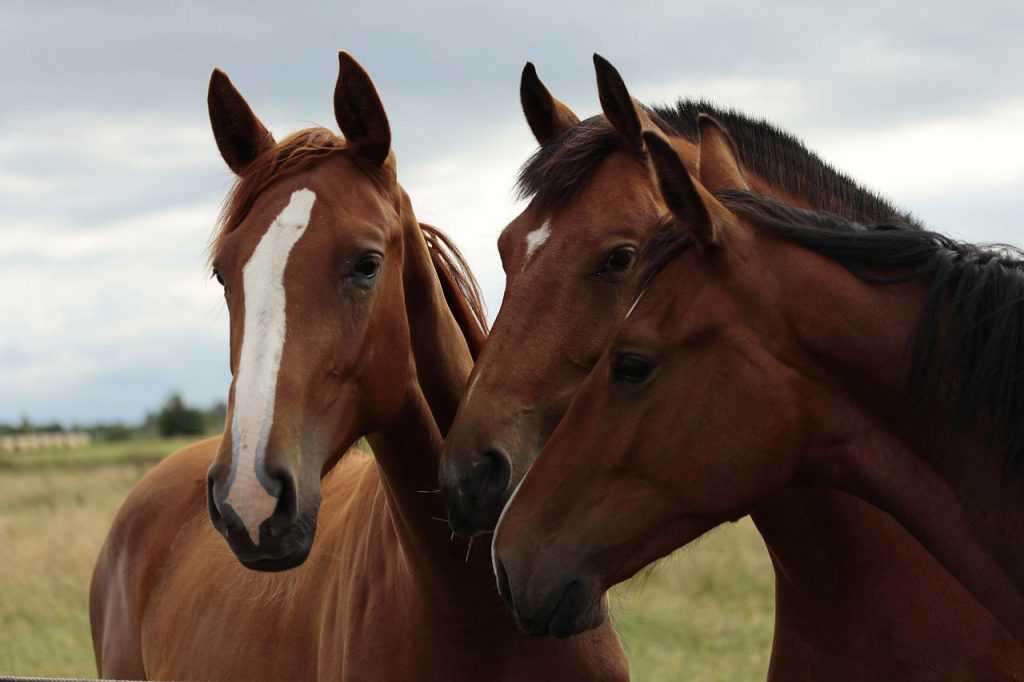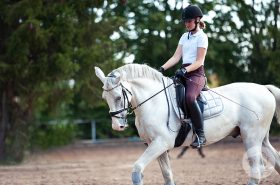The answer will vary depending on who you ask, but one thing is clear… your youngster’s well-being should be your priority.
Every trainer seems to have an opinion on the best age to start a horse under saddle. This heated debate has come up over and over again! Each young horse needs to be evaluated individually, preferably with the help of your veterinarian. Their physical and mental development needs to be at the center of this decision.
Growth Plates
No breed of horse has ever been skeletally mature before the age of six years old. Some can even take longer than the six years. A procedure to x-ray the growth plates can provide you with an idea of the skeletal maturity of your young horse. Unfortunately, it’s not utilized often enough!
Most horse owners are concerned with the growth plates in the horse’s knees closing up. They’re referring to the process of the growth plates converting from cartilage to bone and then fusing. What most people don’t realize is that there are growth plates, sometimes multiple ones, on either end of every bone behind the skull.
Look Inward, Not Out
The external appearance of your horse can be misleading. It’s better to follow a timeline of fusion when making your decision to start under saddle. For example, the Quarter Horse is bred to maintain a very mature look at a young age. They’re often not physically ready for the strenuous workload expected of them. Futurities, competitions, and the objectives of riders can jeopardize the welfare of the youngster.
A Standard Timeline
On average, it’s safe to introduce a horse to a rider at the age of four. That’s not to say equipment and groundwork shouldn’t be done younger. In fact, it’s advisable to give your horse a solid foundation before even thinking about adding a rider. Your horse’s workload can increase at the age of five. And at six, they’re even more capable of meeting harder demands.
Not all growth plates need to convert to the bone before you start riding, but the longer you wait the better off your horse will be!
The Damage
What happens when you start a horse under saddle too early? They’re at more risk for structural damage to their back. Many people assume they’ll damage the growth plates in their legs, but that’s less likely to happen. A back that “slips” or sinks down is common for certain breeds, such as Arabians and Standardbreds. And even more common, the horse will stiffen or brace the muscles in their topline as they struggle to handle the weight. In the future, this horse will have trouble with rounding up and relaxing its muscles.
Psychological Maturity
An inexperienced trainer will often neglect the subtle behavioral cues that the horse is stressed. It can be difficult to identify patterns of concern. A youngster needs to maintain curiosity and interest in their work. There’s a fine line between advancing, boring the young horse, and keeping a healthy mind.
Above all else, the best interest of the horse needs to be taken into consideration. There will be trainers who start saddle work at two years old and others who wait till the horse is five. Either way, it should be done carefully and on an individual basis. There are plenty of fun activities to do with your youngster that don’t even require the saddle. Patience is key for a long-lasting riding partner!
Reference: Deb Bennett, Ph.D. (http://www.equinestudies.org/ranger_2008/ranger_piece_2008_pdf1.pdf)
Love this blog post? We think you will like How to Be the Leader Your Horse Deserves by Emily Fought.






